Hôtel des 3 collèges
Terzo Fronte – Athens
, Greece2022
Night exhibition
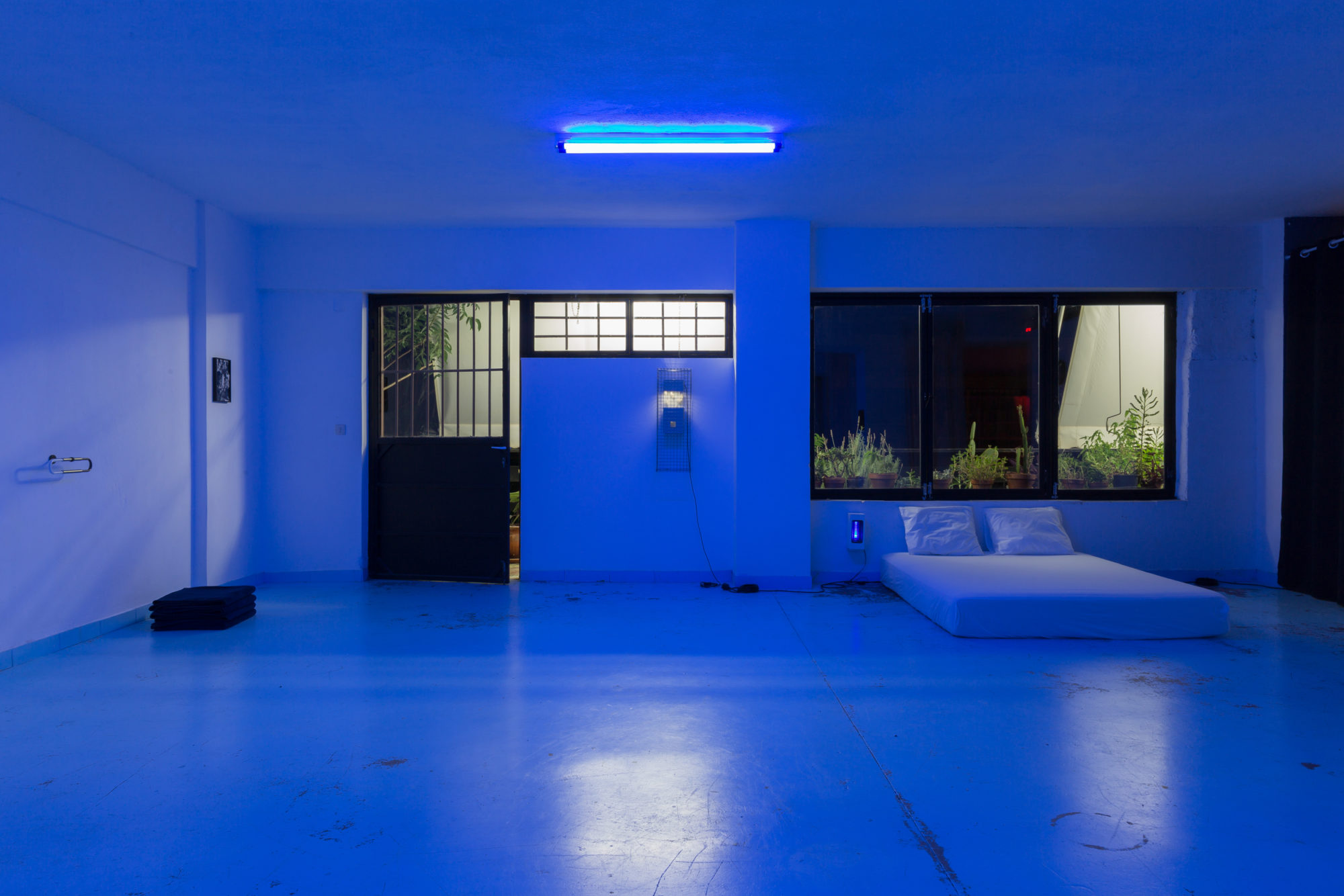
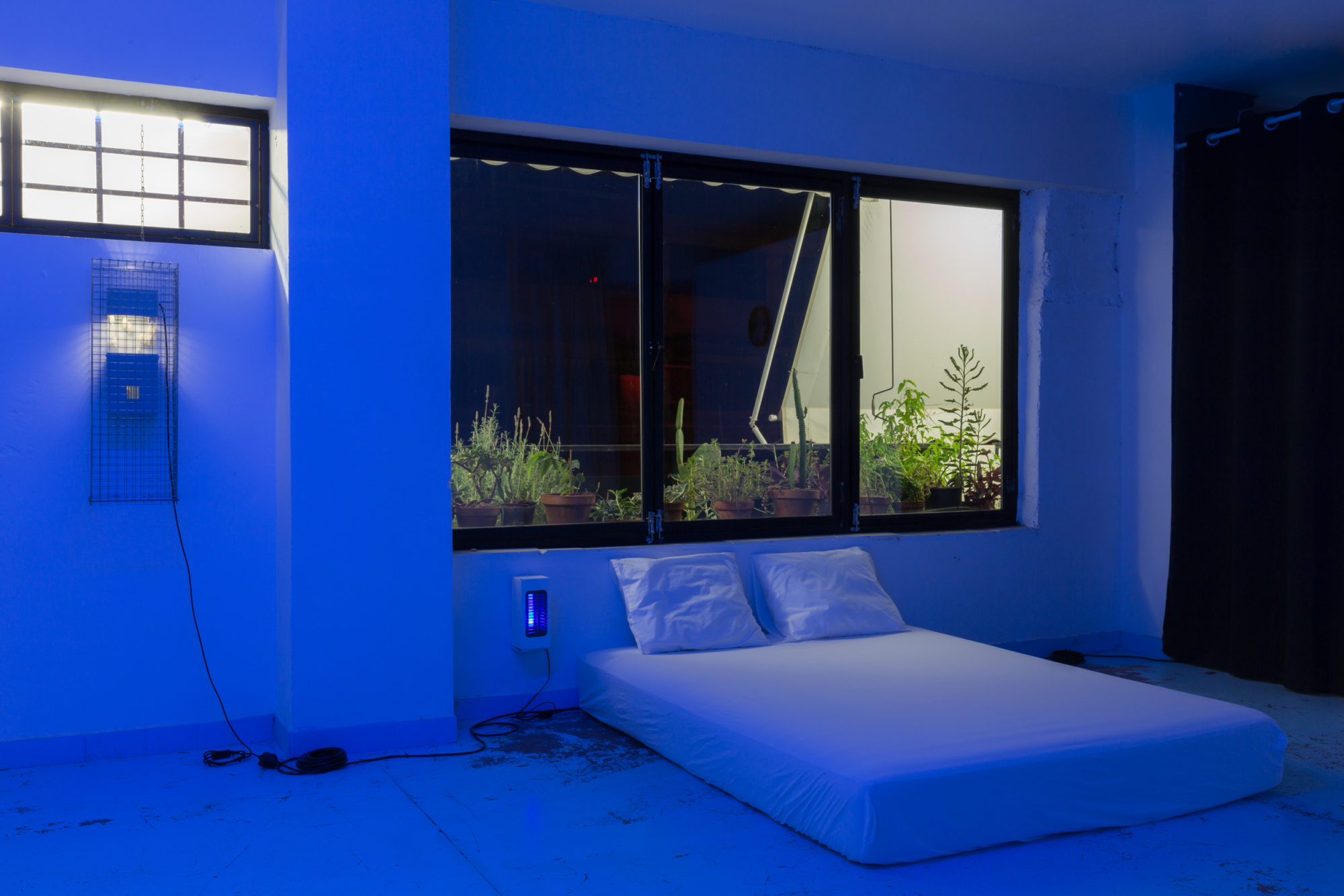
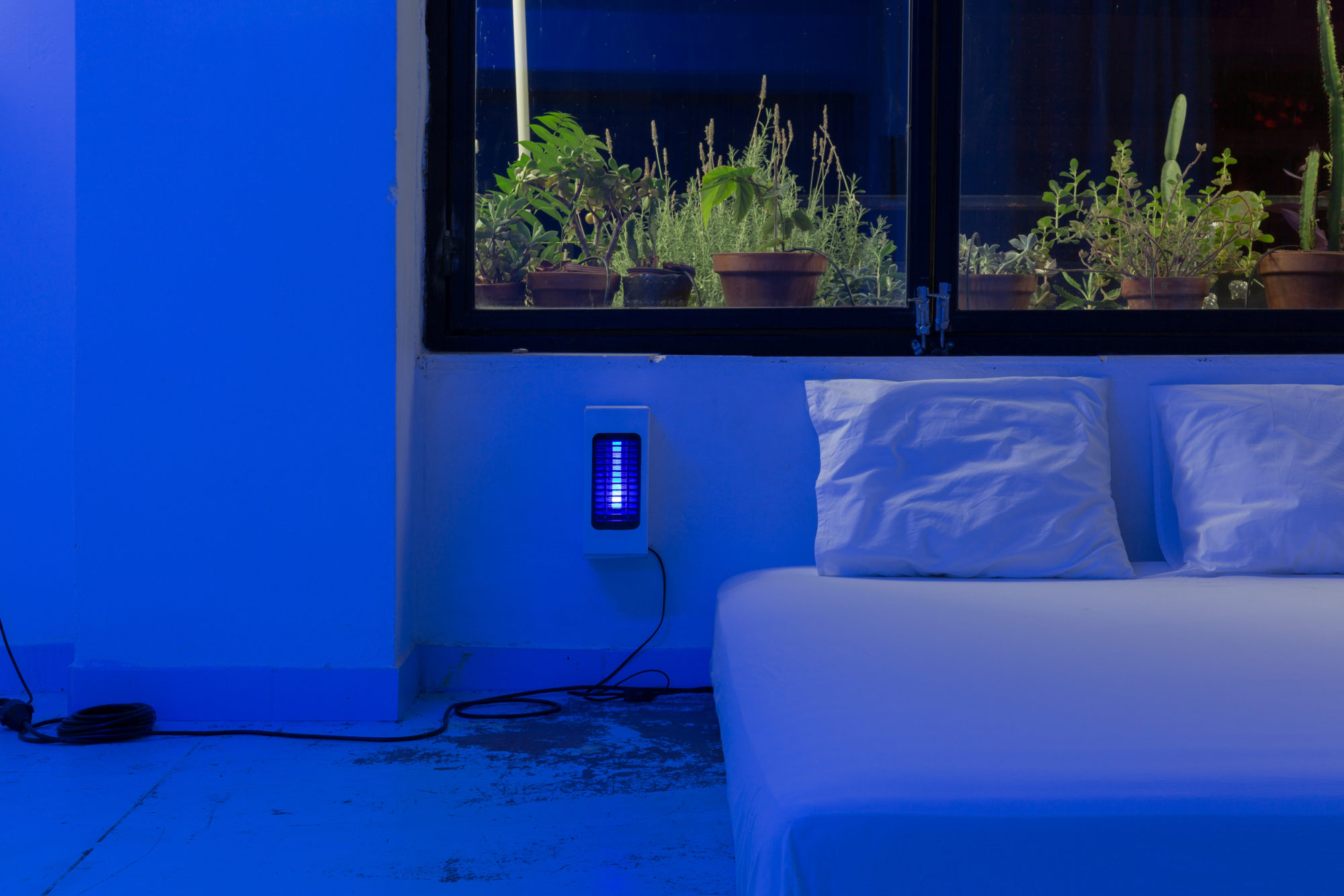
2022
Disarmed mosquito lantern, laser-cut cardboard, acrylic glass, paint, adhesive tape, electric wires
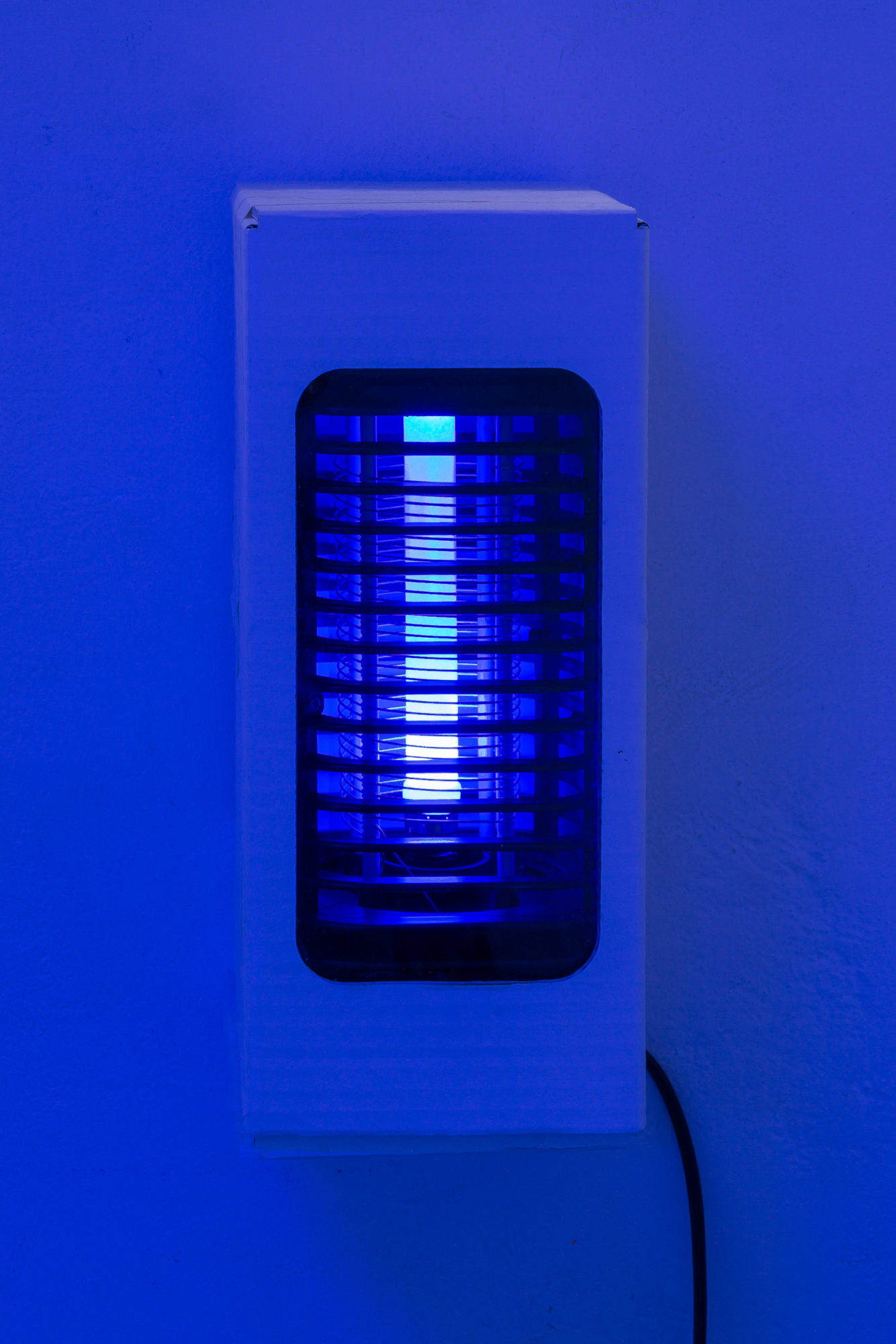
2022
Disarmed mosquito lantern, laser-cut cardboard, acrylic glass, paint, adhesive tape, electric wires
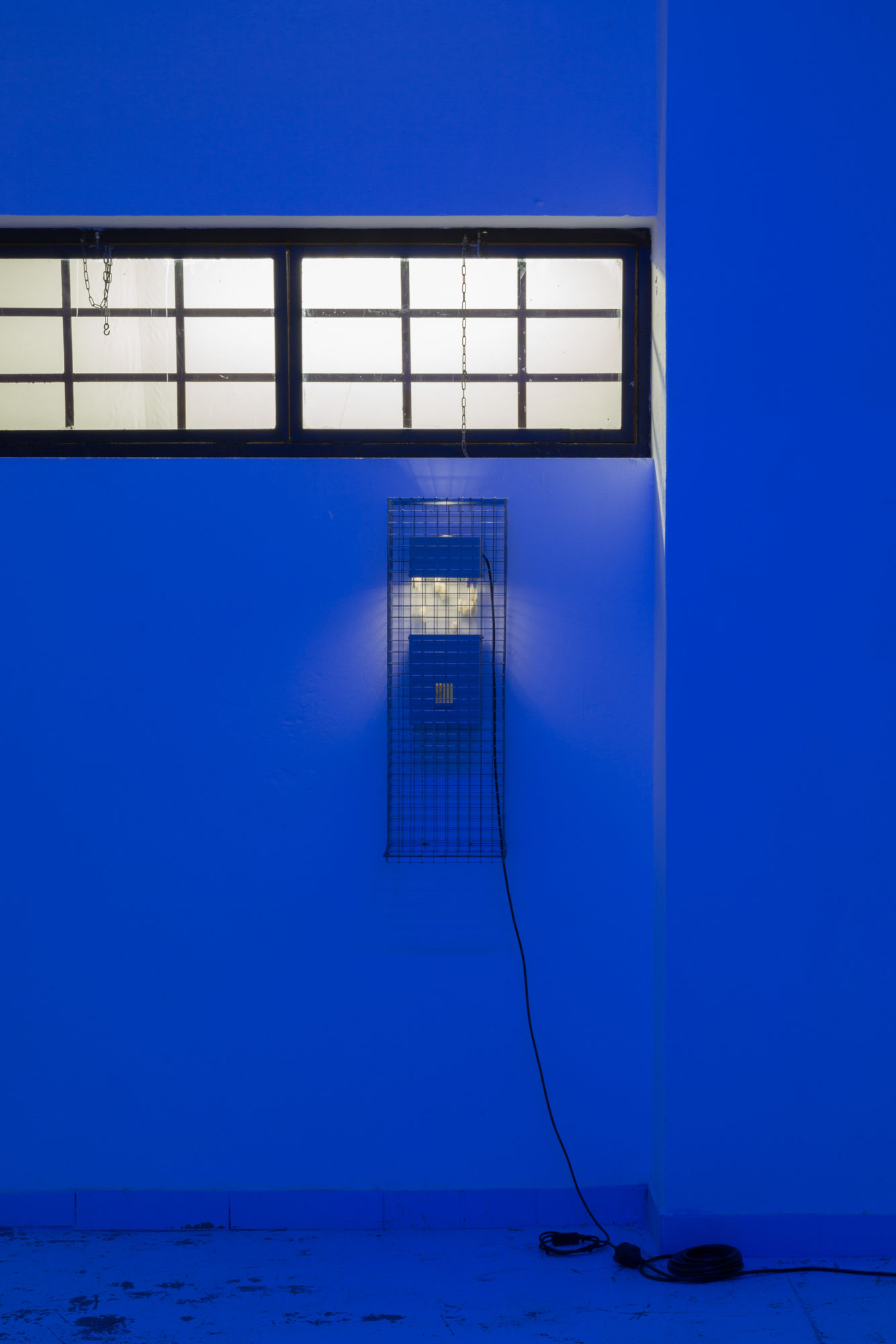
2022
Cages (disarmed metal traps), empty Bombyx mori cocoons, acrylic glass, painted wood, bolts, electric wires, LED lights, metal parts
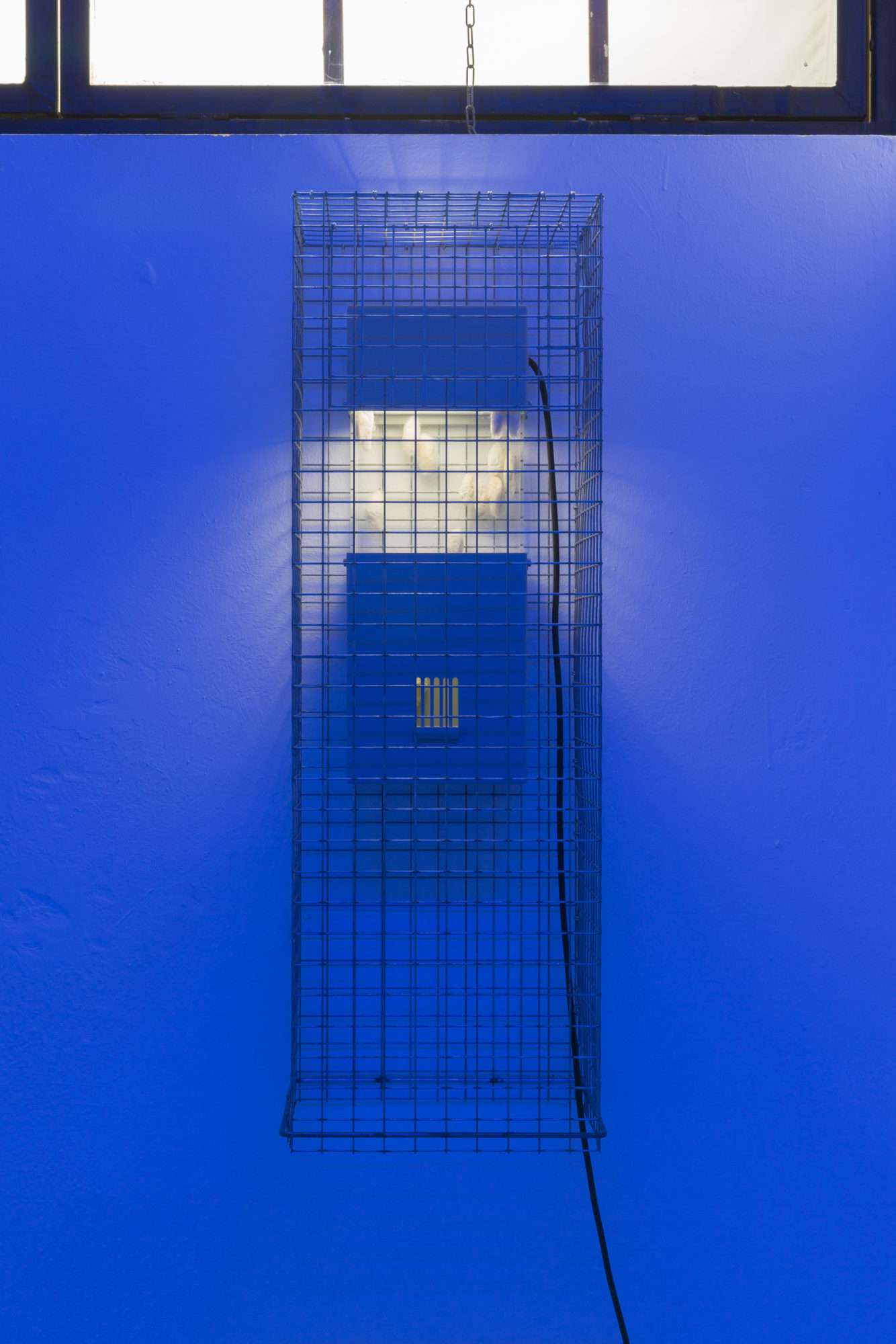
2022
Cages (disarmed metal traps), empty Bombyx mori cocoons, acrylic glass, painted wood, bolts, electric wires, LED lights, metal parts

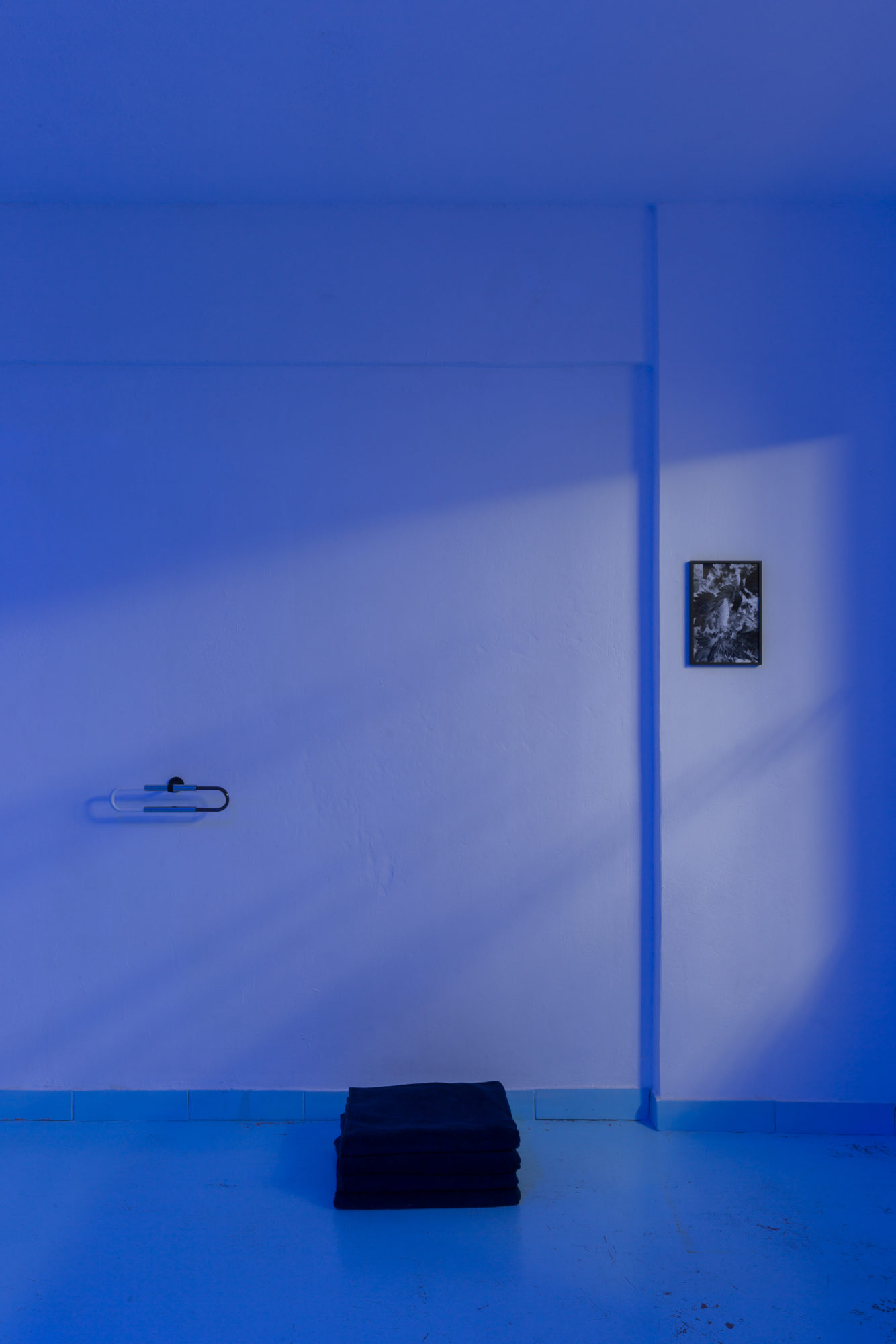

2022
Stainless steel, borosilicate tempered glass, caffeine, melatonin
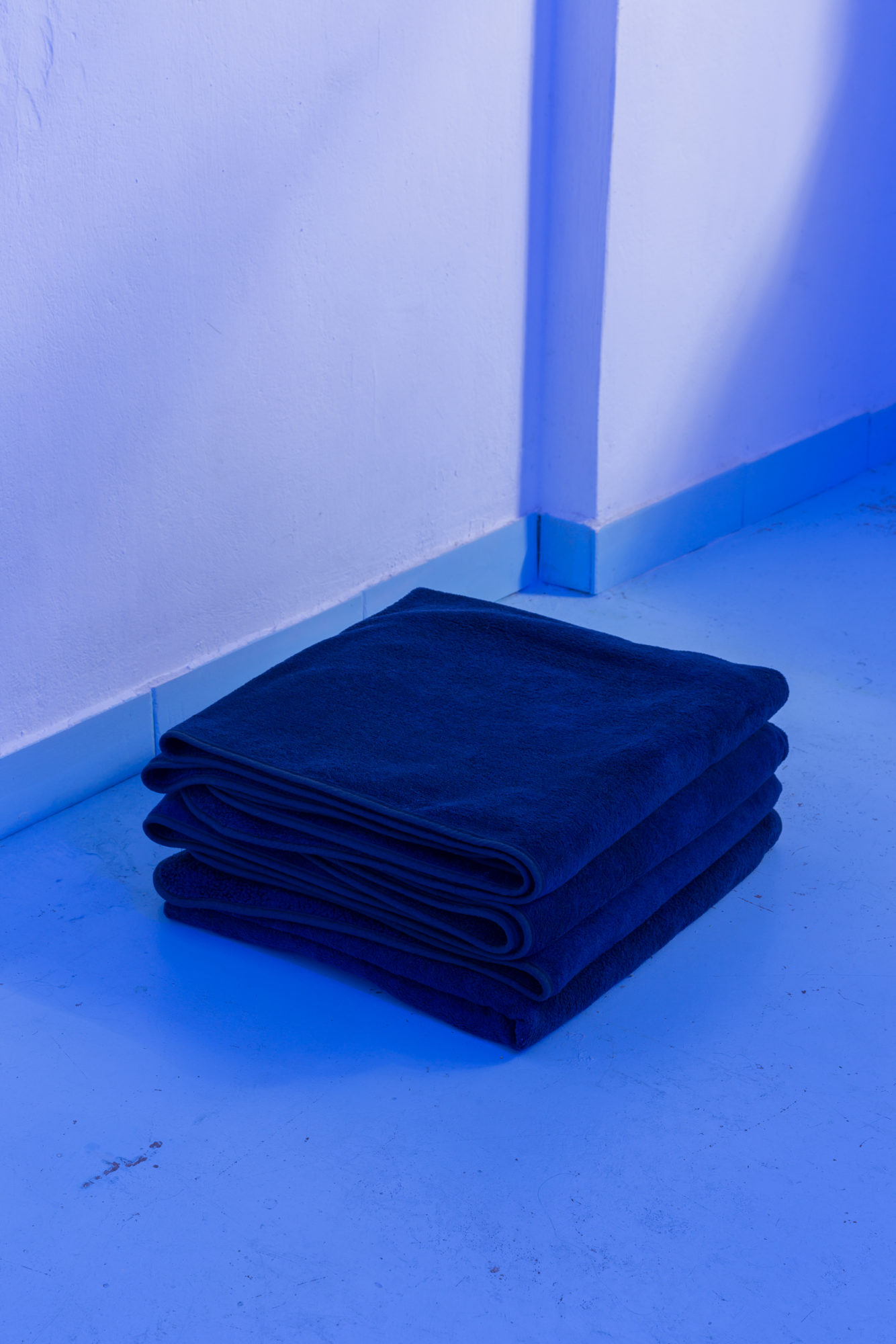
2015
Beach towels
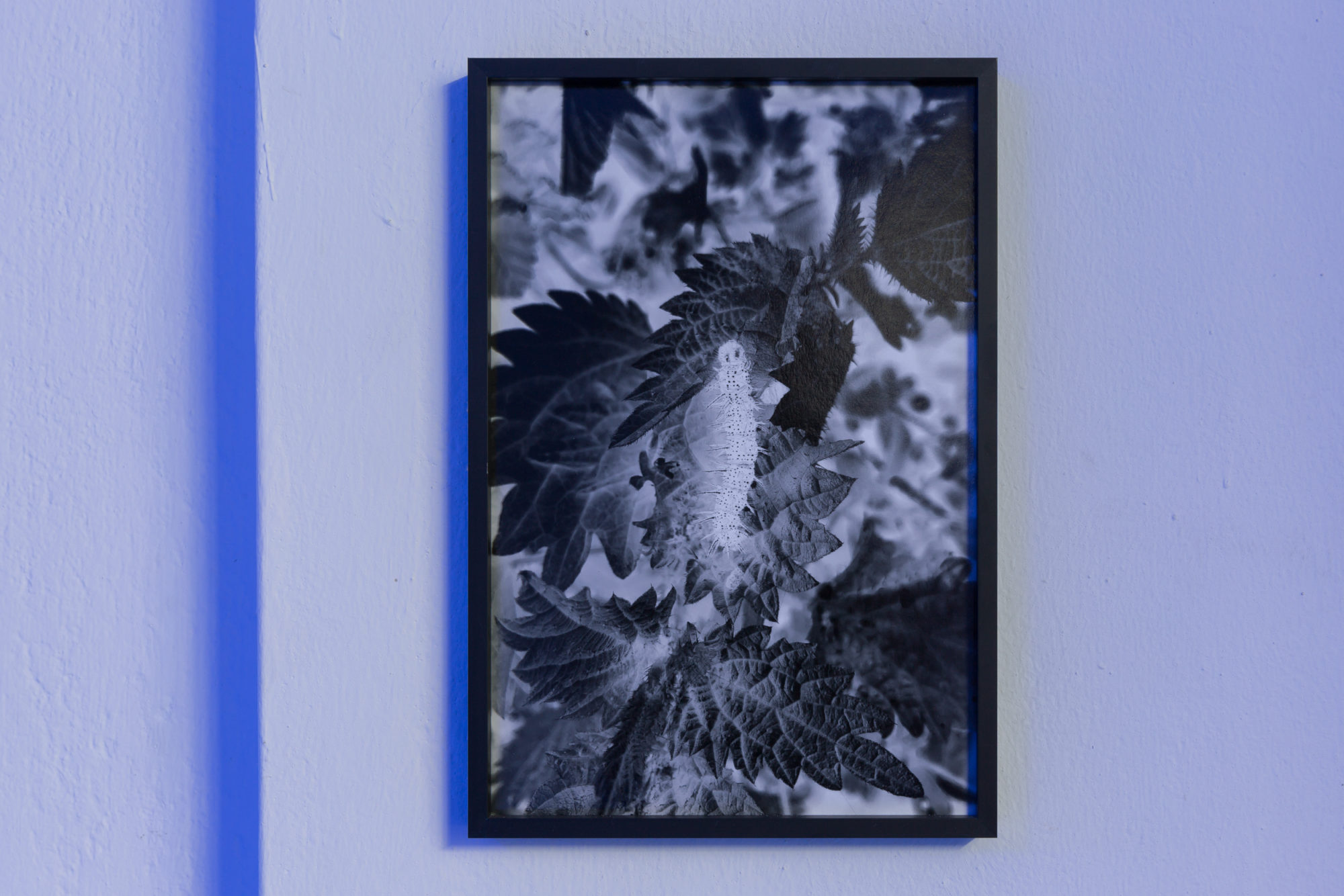
2021
Digital print on baryta paper
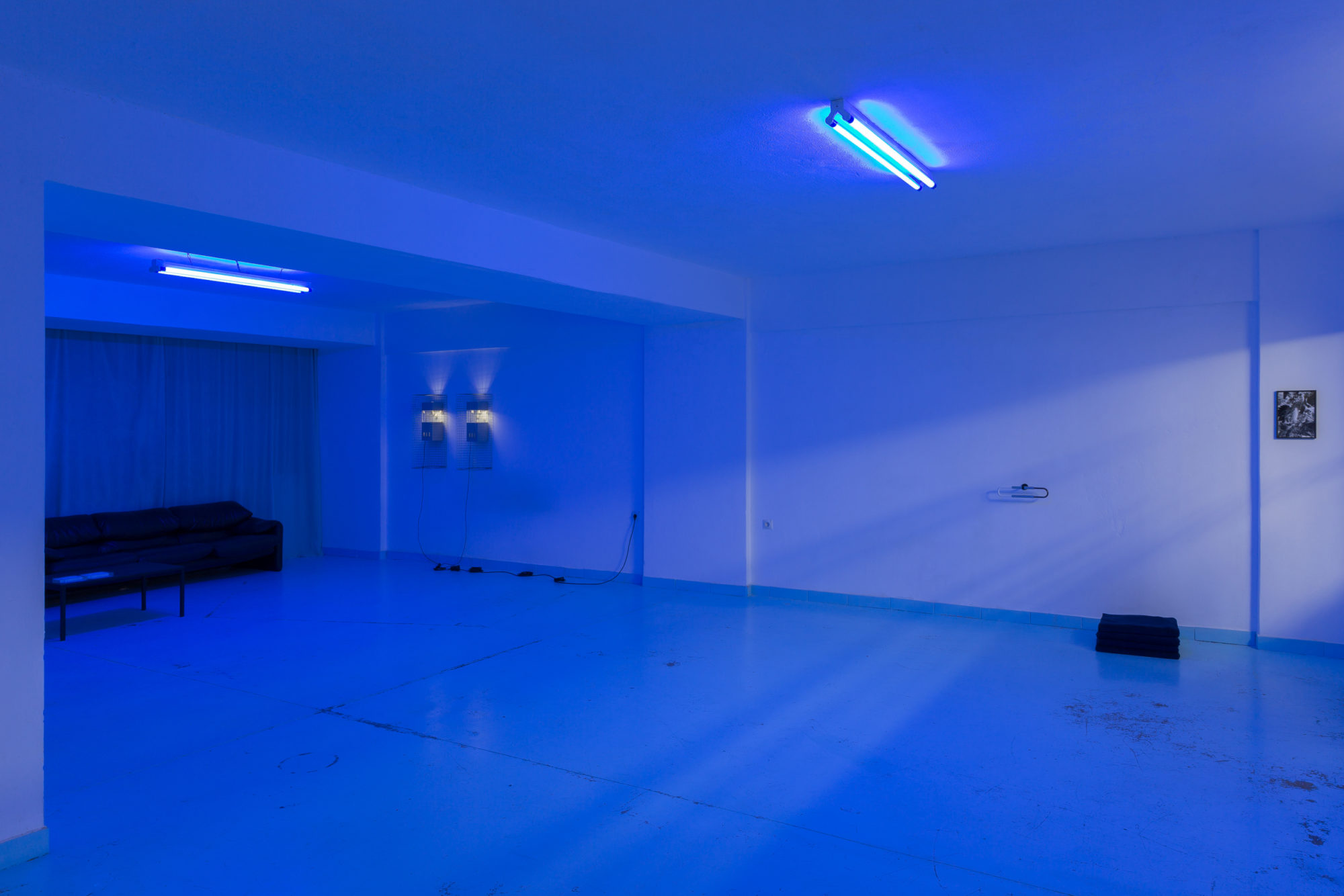
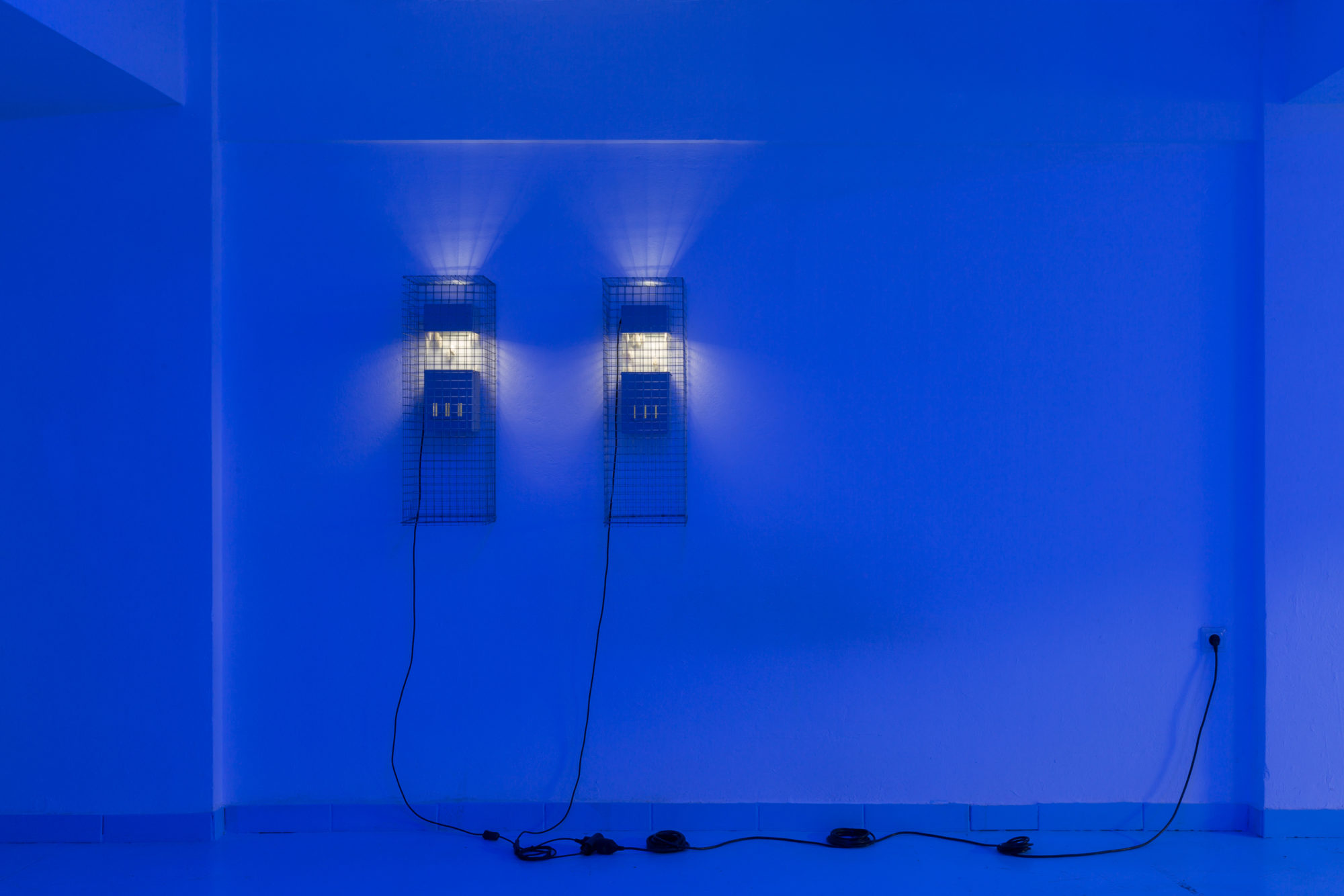
2022
Cages (disarmed metal traps), empty Bombyx mori cocoons, acrylic glass, painted wood, bolts, electric wires, LED lights, metal parts

2022
Cages (disarmed metal traps), empty Bombyx mori cocoons, acrylic glass, painted wood, bolts, electric wires, LED lights, metal parts
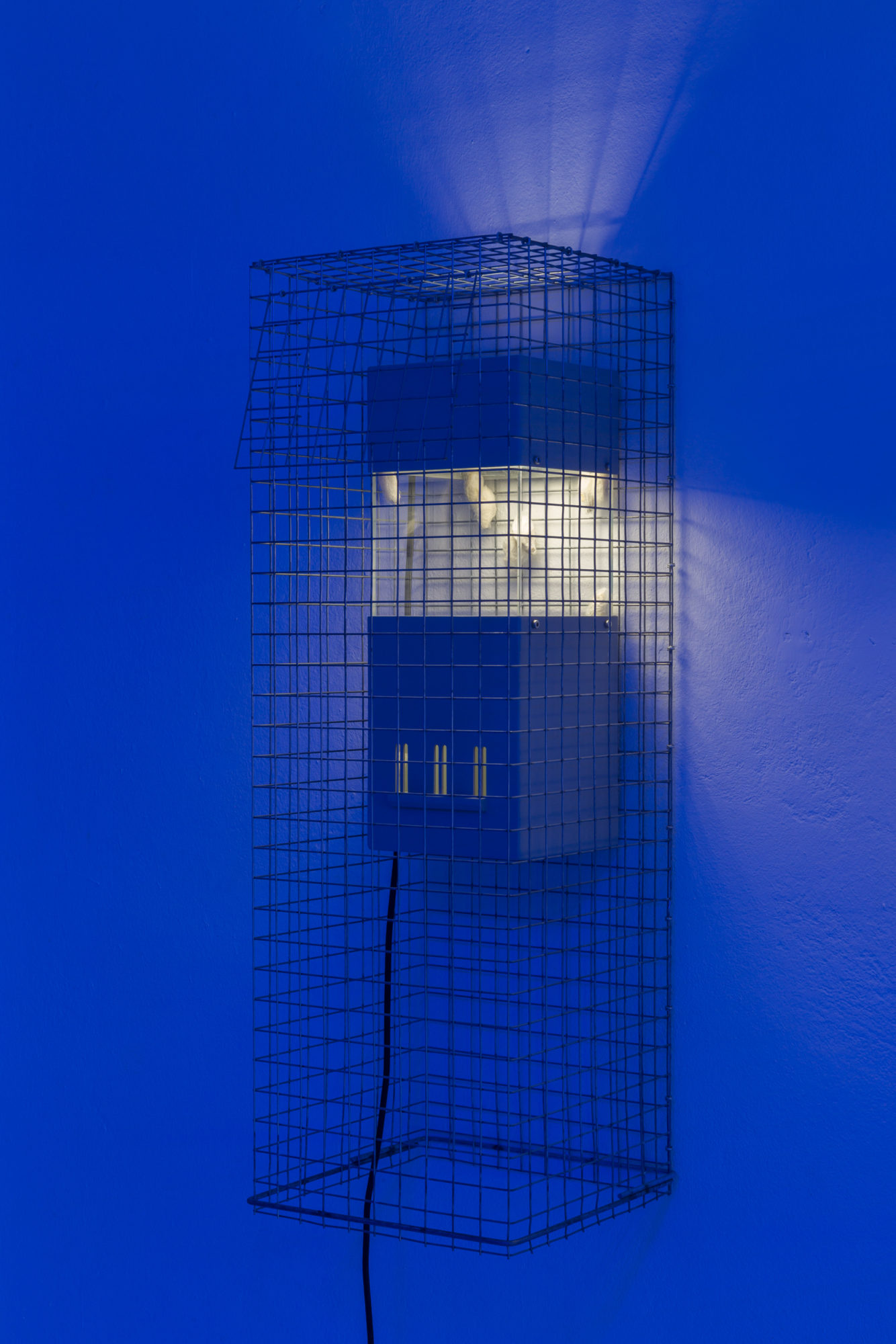
2022
Cages (disarmed metal traps), empty Bombyx mori cocoons, acrylic glass, painted wood, bolts, electric wires, LED lights, metal parts
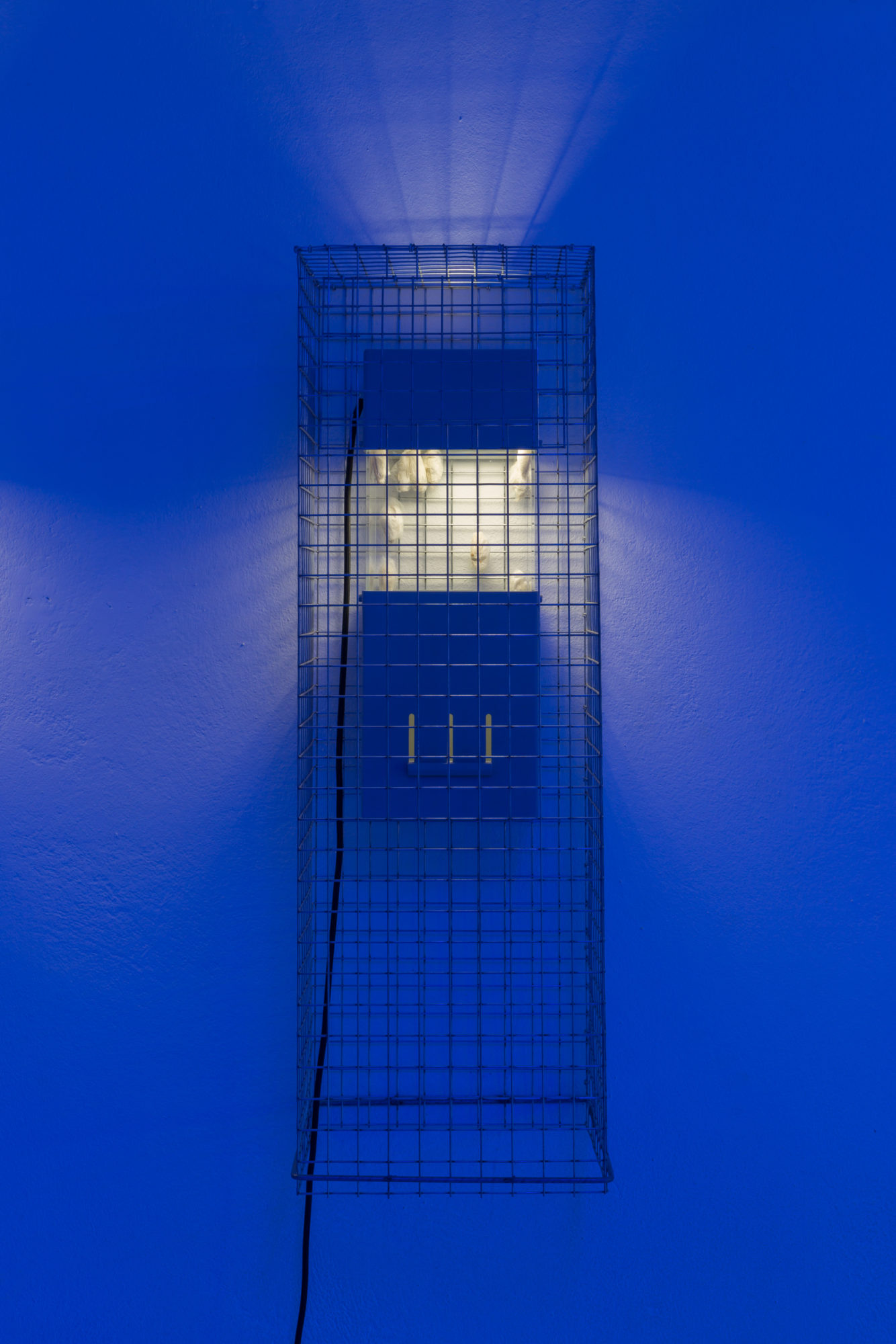
2022
Cages (disarmed metal traps), empty Bombyx mori cocoons, acrylic glass, painted wood, bolts, electric wires, LED lights, metal parts

2022
Cages (disarmed metal traps), empty Bombyx mori cocoons, acrylic glass, painted wood, bolts, electric wires, LED lights, metal parts
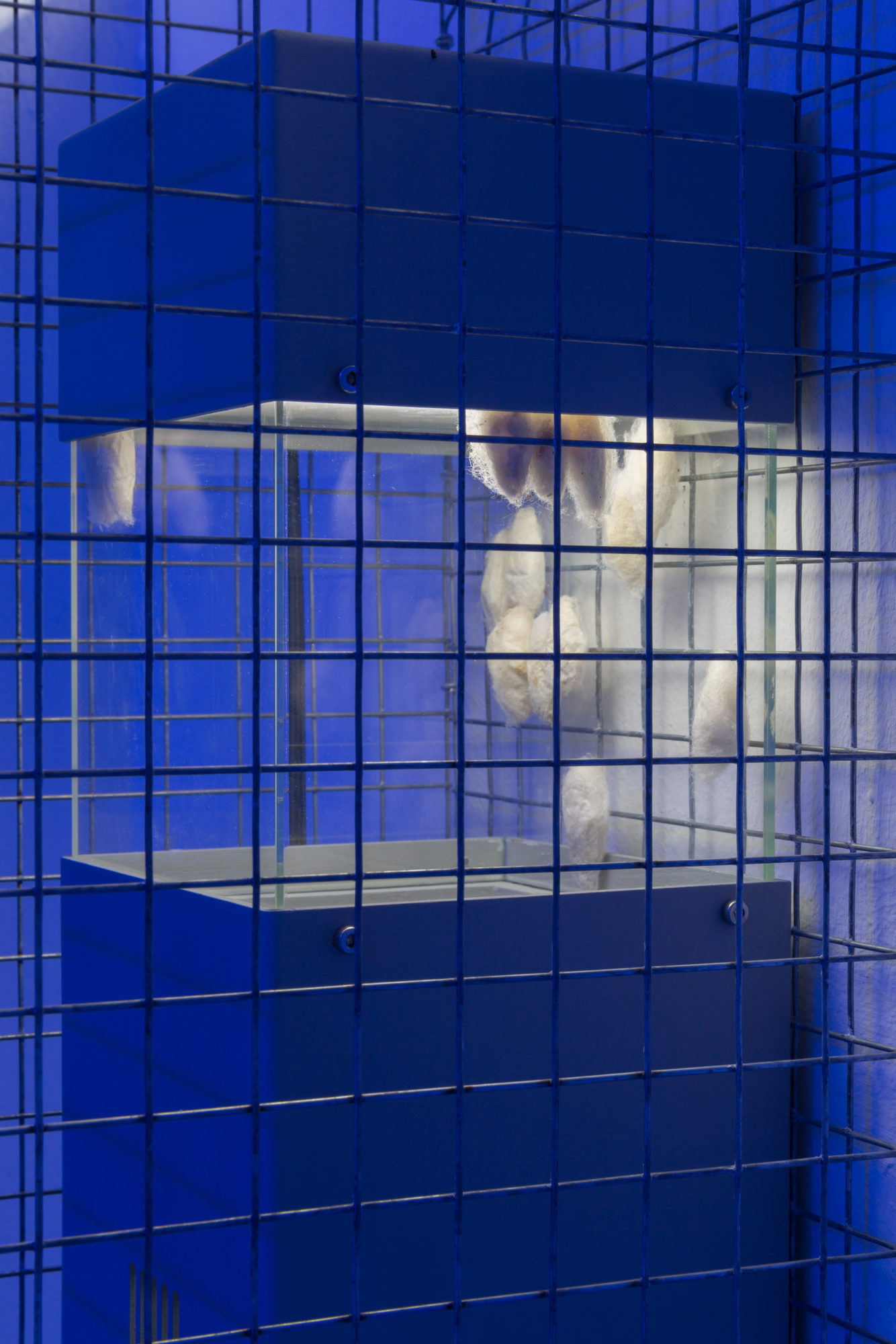
2022
Cages (disarmed metal traps), empty Bombyx mori cocoons, acrylic glass, painted wood, bolts, electric wires, LED lights, metal parts
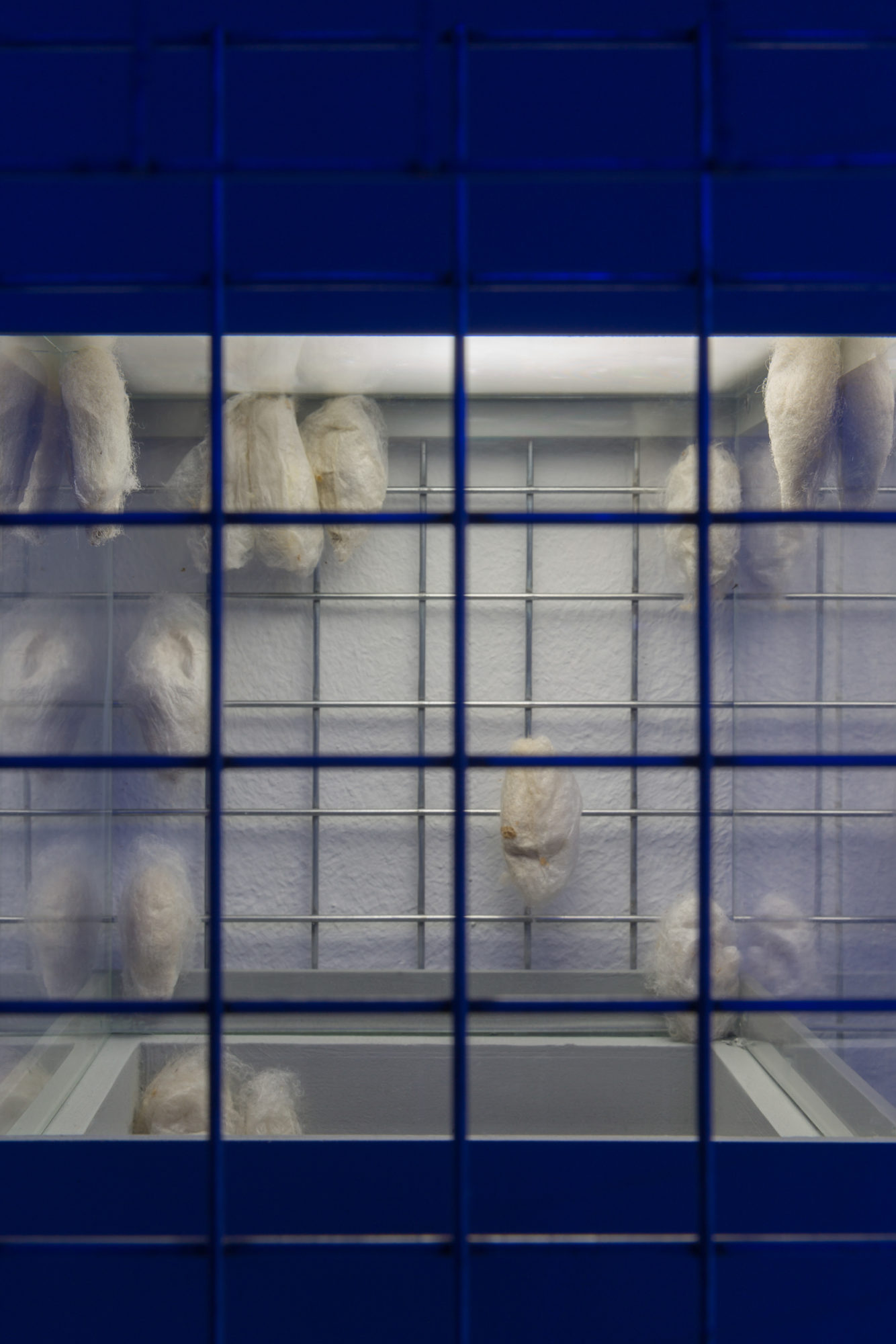
2022
Cages (disarmed metal traps), empty Bombyx mori cocoons, acrylic glass, painted wood, bolts, electric wires, LED lights, metal parts

2022
LED lights
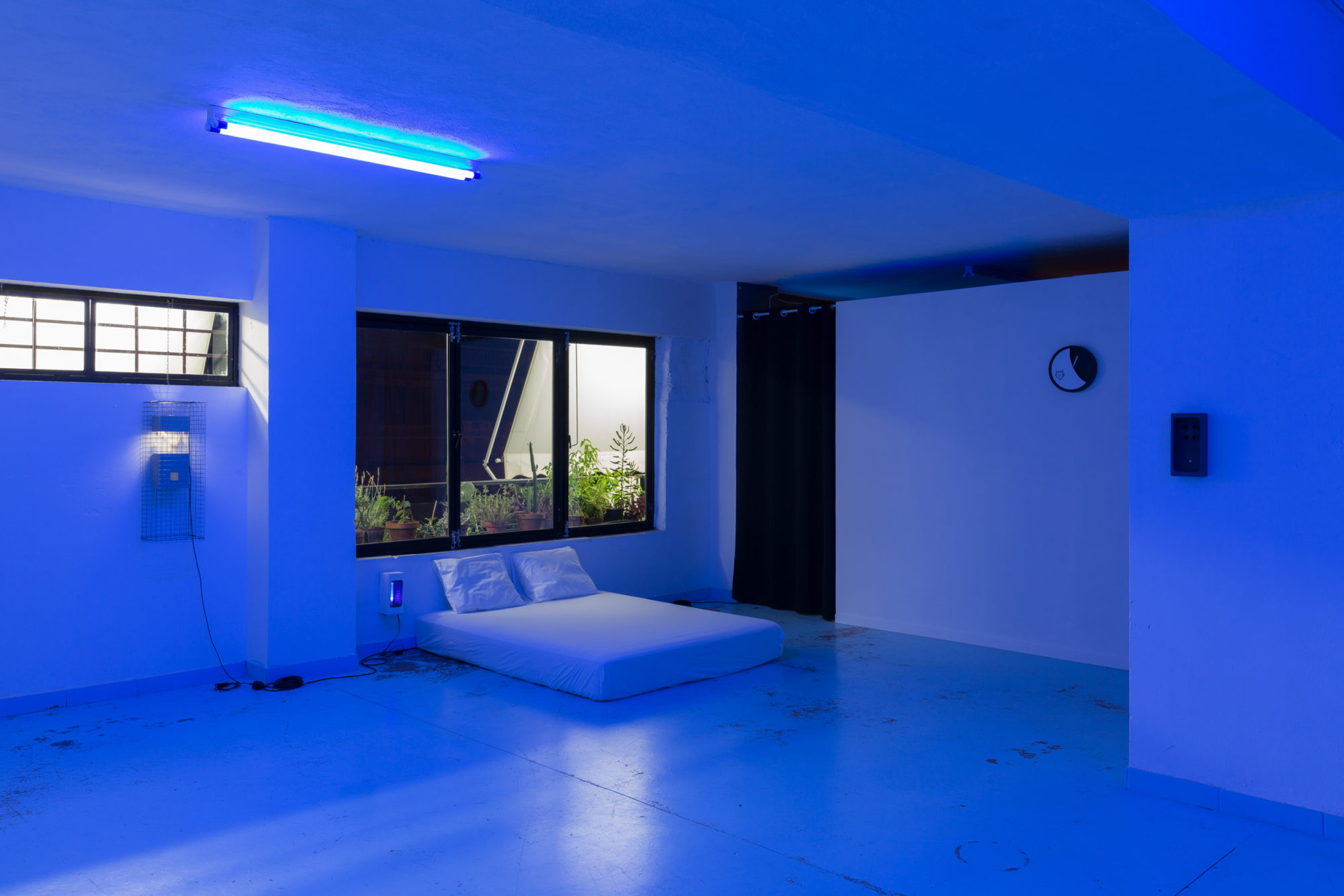
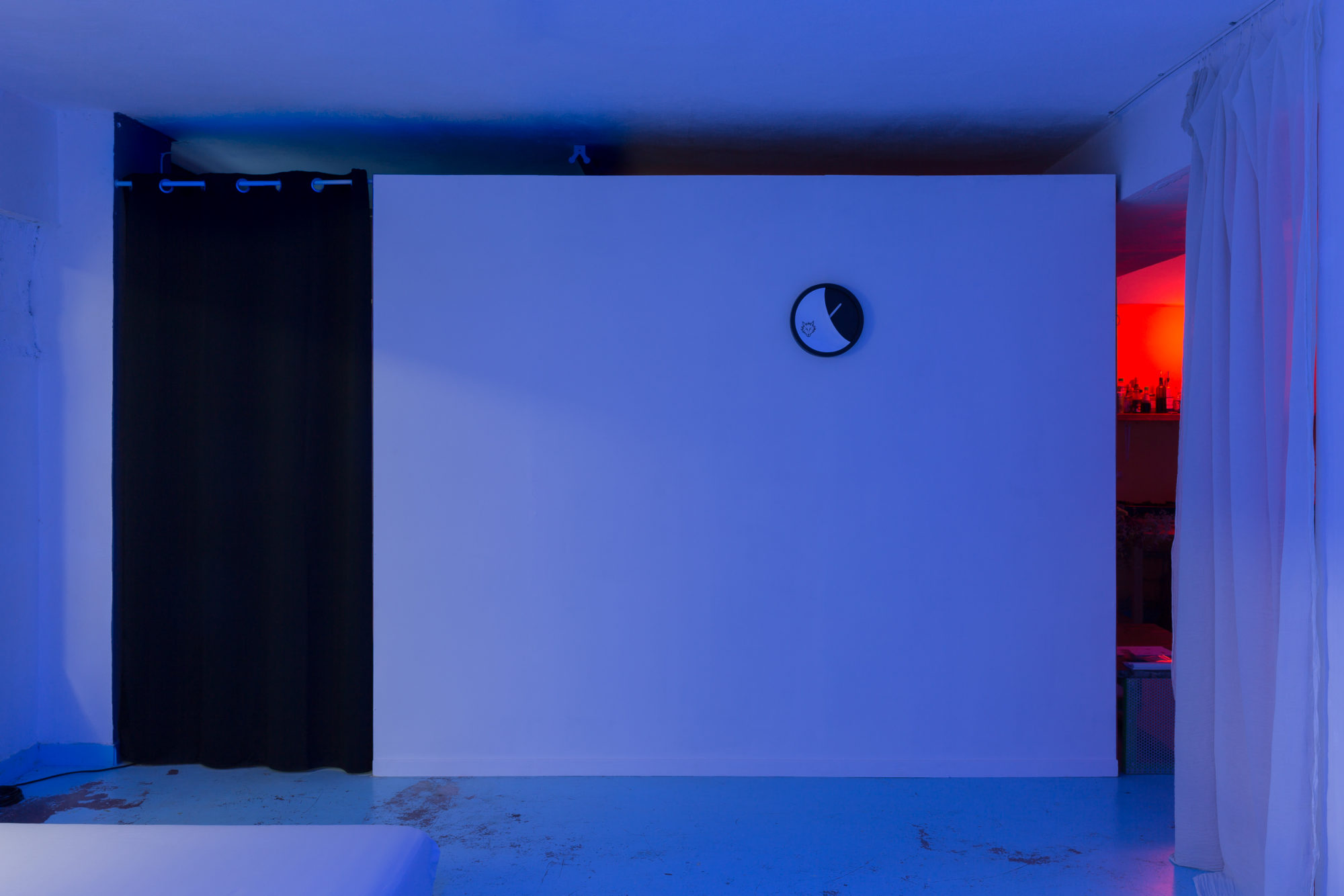
2022
24h clock, laser-cut acrylic glass, sticker, cardboard
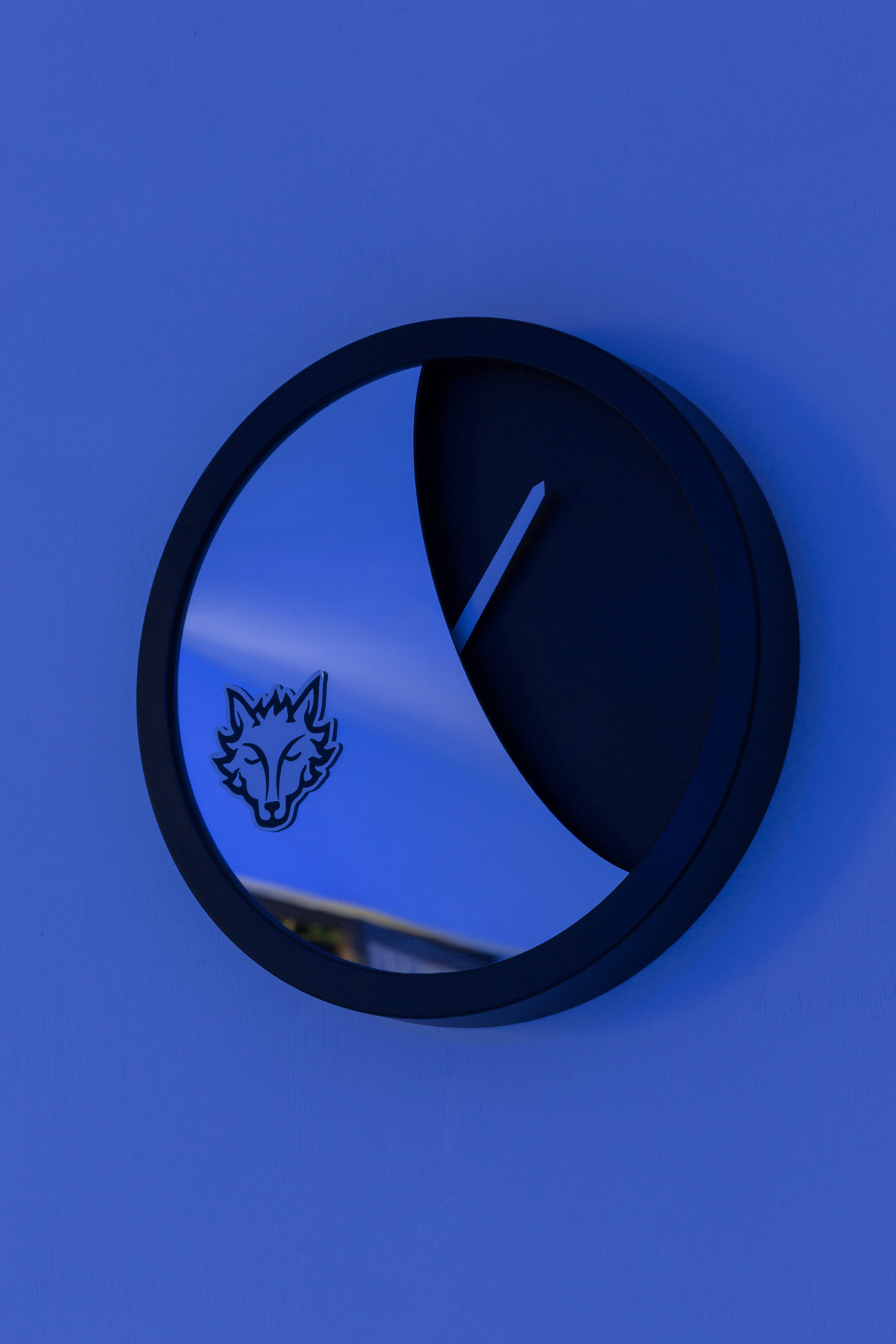
2022
24h clock, laser-cut acrylic glass, sticker, cardboard
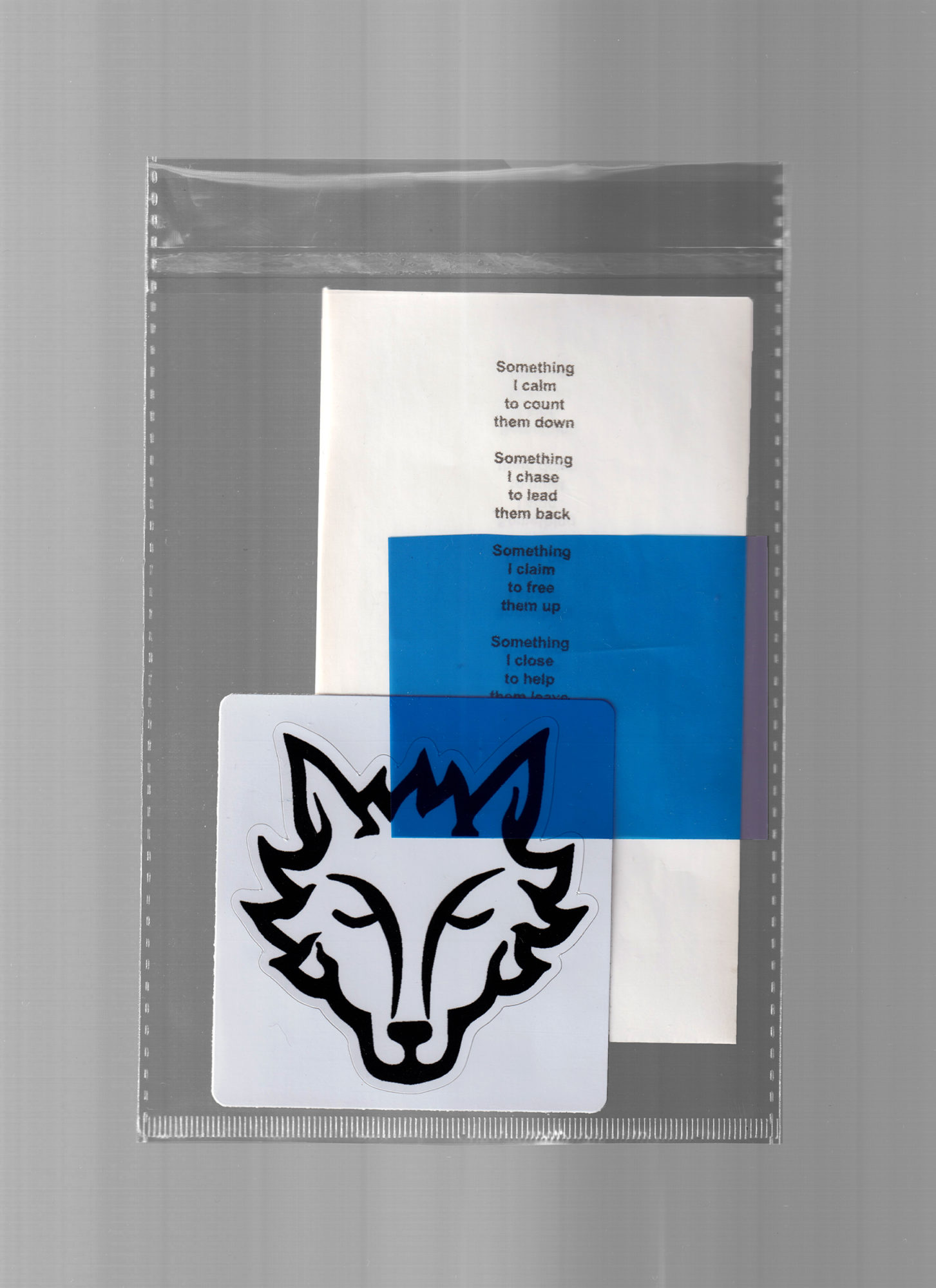
They entered discreetly, one by one. Often, after returning from a trip, and frequently during the night, we would discover new ones. The living room of the apartment was not yet called the Hôtel des 3 collèges, but they had already taken up residence. It was as if they had overheard the conversation we had one evening in April with Maxime. There was an intuition that this exhibition would address our insect instincts.
The implicit agreement of the curator-artist relationship has thus led to the fact that we must adapt to this new cohabitation with another organic form. No longer seeing them as enemies to be killed, but rather as living beings, like roommates. First, there were the moths all over the curtains, then the slugs in the shower. The summer nights brought the classic mosquitoes, and lately, there were praying mantises above the bed. The natural order had been turned upside down; we had to take into account the invisible, those we generally wished would disappear.
It became a matter of accepting this change in status, going beyond the transformation of a domestic space into an exhibition space, and instead considering our living room as a hotel. Both spaces shared the concept of hospitality and coexistence.
Once we pass through the curtains that separate the apartment from the hotel, we find ourselves thrown into a strange night, with daylight outside serving to better highlight the night within. An inversion of positive and negative was woven through the forms that appeared on the walls, each one crystallizing the passage from one state to another. These indefinable states could represent emergence, the time of intuitions, those that appear at night and then take shape, like the cocoon of a butterfly. We lingered or passed through the only room of the Hôtel des 3 collèges as if we were on a runway—a tarmac for thoughts.
This tarmac for thoughts emerges before transmission, before material fixation.
The tarmac for thoughts can evolve from a form of dialogue, whether internal or with others, as the exhibition takes shape.
In the hotel room, as in the first part of the exhibition in Rome, there’s this portrait, a metal object containing chemically antinomic products, in this case melatonin and caffeine, which seem to convey a feeling about a situation built on tension. A positive tension, lulled by the reading of a meditative mantra that melts our bodies into the installation.
During the ten days when the sculptures began to take their place in the apartment, we had to tame them as new narratives that would rock our daily lives. And then in the conversations, those on the bed and those at a distance between Rome and Athens, it became clear that we had to be confident that we were talking about intuitions. To assume that this intangible form could generate its own narrative, that of suspension.
Sometimes, we feel that things are connected without knowing why. To the viewer or receiver, the meaning may seem obvious, but to the person producing it, it’s not the transmission of meaning that’s at stake, but rather the harmony. This harmony comes from an intuition, and is entirely the expression of that intuition. And for this harmony to occur, for this intuition to have the power to produce this harmony, it’s the framework we give it, our attempts that will reinforce it.
In the room of the Hôtel des 3 collèges, in the real night, as insects pierce my skin, I reread Marienbad électrique. Enrique Vila-Matas tells us that Dominique Gonzalez-Foerster, who often works at night, once said that “ideas often appear like northern lights.”
The Hôtel des 3 collèges would thus be an intrusion of life into the Athenian nights, tinting them with its colorful veil.
Georgia René-Worms & Colin Ledoux